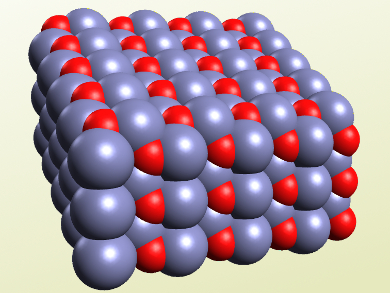Two-dimensional materials, such as graphene or boron nitride, can be very useful, e.g., for electronic and photonic technologies. Synthesizing materials with a traditionally three-dimensional crystal structure, for example, metal oxide semiconductors, in a 2D form can be a challenge. However, such new 2D materials could have unexpected properties and applications.
Qijin Chi, Technical University of Denmark, Kongens Lyngby, Chengyi Hou, Donghua University, Shanghai, China, and Technical University of Denmark, and collagues have developed an efficient and green synthesis of free-standing metal-oxide nanosheets. The team used a bulk-metal zinc anode and a platinum cathode immersed in deionized water and applied a DC current. Without any further reagents, ZnO nanosheets with a thickness of roughly 1 nm and an edge length of about 10 μm were formed and assembled around the cathode within 30 minutes.
According to the researchers, during this process zinc is oxidized at the anode and forms ZnO quantum dots, which assemble in the electric field to form a 2D structure. The resulting products are the thinnest free-standing metal oxide nanosheets reported so far. The two-dimensional structure causes an unusually wide band gap for ZnO. The developed synthesis could also be used to make further new materials.
- Reagent-Free Electrophoretic Synthesis of Few-Atom-Thick Metal Oxide Nanosheets,
Chengyi Hou, Minwei Zhang, Lili Zhang, Yingying Tang, Hongzhi Wang, Qijin Chi,
Chem. Mater. 2017.
DOI: 10.1021/acs.chemmater.7b00188



